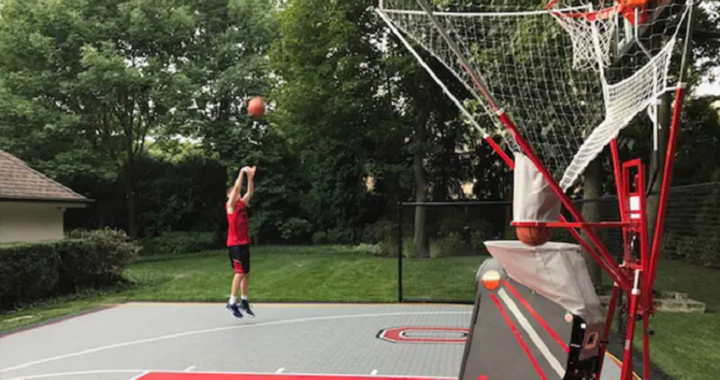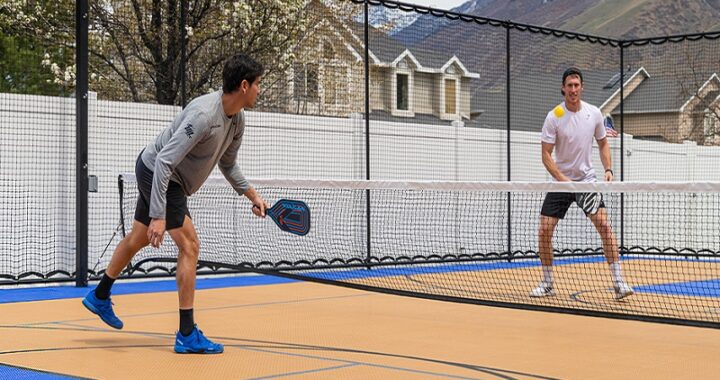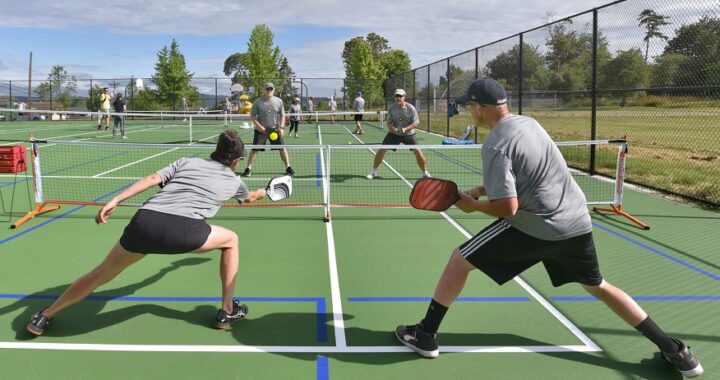The Trail Running Training Guide: Steven Rindner Offers Six Master Tips to Increase Performance

Trail running takes athletes from the stereotyped pavement out onto a rugged landscape and challenges at every step with its hosts of challenges. From steep climbs and rocky descents to unpredictable weather, the challenge pushes their physical endurance while demanding focus and technical skill. According to Steven Rindner, increasing speed and concentration on the trails thus requires the runner to do more than just mileage.
This six-key training approach lays the foundation to excel in trail running.
Develop a Strong Aerobic Endurance Base
The foundation of any well-balanced trail running program consists of a well-developed aerobic base. This needs to be developed in runners by involving them in moderate-intensity runs done regularly. These runs help the heart and lungs deliver blood and oxygen more efficiently, thus improving speed and endurance. Practicing an aerobic base is the first phase in any training cycle and over time this helps in improving cardiovascular efficiency which is integral for effective trail running.
Improve Agility and Balance
The trail terrain presents an unpredictable mixture of roots, rocks, mud, and sudden inclines that demand swift decision-making and physical adaptability. Athletes can enhance these abilities through complex agility and balance exercises including single-leg hops, ladder drills, and balance board routines. The body’s proprioceptive abilities help decrease the incidence of ankle rolls and falls during technical descents by sensing movement and position.
Strengthen the Legs
For running on trails and facing steep climbs and tough downhill stretches, runners need strong, robust legs. To build that strength, focus on exercises like squats, lunges, and deadlifts. Core and hip stability are important too, so add in exercises like planks and glute bridges to help build steady posture and fight off fatigue. Try to fit in two strength training sessions a week to ensure the lower body is prepared to counter the challenges of trail running without being injured; in the opinion of Steven Rindner.
Train on Mountainous Terrain
Effective trail running preparation demands meticulous specificity. Whenever possible, runners ought to replicate race-day conditions by practicing on actual trails. This process enhances physical climbing and descending skills while refining trail-running techniques in concert including precise foot placement and effective gear shifting. Training on trails with constant changes in elevation helps build both physical strength and mental toughness for long activities in tough, remote areas.
Build Endurance for Long-Distance Trails
Endurance forms the foundation of trail running, especially for races that go beyond the usual distances. Gradually lengthening the weekly long runs conditions the body to spend more time on its feet. Adding repeated long runs can develop muscular endurance and also mimic fatigue in a race. These workouts train the body to save energy and find a consistent pace in ultra-marathons or multi-hour races.
Prioritize Nutrition and Recovery
Getting the right fuel and bouncing back quickly play a big role in how well runners do and how long they can keep running trails. While undergoing training, it’s smart to try out different energy boosters, ways to stay hydrated, and snacks to see what suits them best. What they eat after their run matters just as much—meals packed with carbs and protein help fix up their muscles and fill up the energy stores.
Stretching, using a foam roller, and getting enough good sleep also speed up recovery which is also integral. Prioritizing rest and nutrition helps prevent burnout and supports consistent training progress.
To excel in trail running, athletes need to train smart, not hard. With an emphasis on aerobic conditioning, agility, strength, terrain specificity, endurance, and recovery, runners can unlock their full potential while enjoying each stride along nature’s most demanding terrain.










